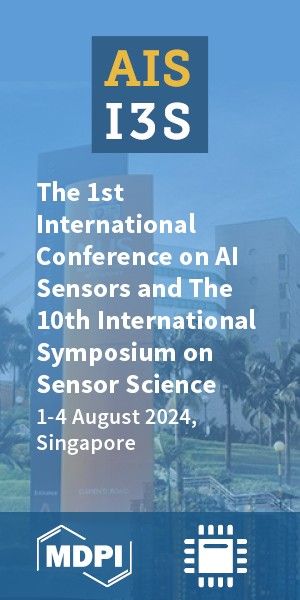Article
Version 1
Preserved in Portico This version is not peer-reviewed
Transformer-Based Methods for Neural Decoding
Version 1
: Received: 30 July 2021 / Approved: 2 August 2021 / Online: 2 August 2021 (09:51:43 CEST)
How to cite: He, H. Transformer-Based Methods for Neural Decoding. Preprints 2021, 2021080011. https://doi.org/10.20944/preprints202108.0011.v1 He, H. Transformer-Based Methods for Neural Decoding. Preprints 2021, 2021080011. https://doi.org/10.20944/preprints202108.0011.v1
Abstract
Neural decoding from spiking activity is an essential tool for understanding the information encoded in population neurons, especially in applications like brain-computer interface (BCI). Various quantitative methods have been proposed and have shown superiorities under different scenarios respectively. From the machine learning perspective, the decoding task is to map the high-dimensional spatial & temporal neuronal activity to the low-dimensional physical quantities (e.g., velocity, position). Because of the complex interactions and the abundant dynamics among neural circuits, good decoding algorithms usually have the capability of capturing flexible spatiotemporal structures embedded in the input feature space. Recently, the Transformer-based models are widely used in processing natural languages and images due to its superior performances in handling long-range and global dependencies. Hence, in this work we examine the potential applications of Transformers in neural decoding and introduce two Transformer-based models. Besides adapting the Transformer to neuronal data, we also propose a data augmentation method for overcoming the data shortage issue. We test our models on three experimental datasets and their performances are comparable to the previous state-of-the-art (SOTA) RNN-based methods. In addition, Transformer-based models show increased decoding performances when the input sequences are longer, while LSTM-based models deteriorate quickly. Our research suggests that Transformer-based models are important additions to the existing neural decoding solutions, especially for large datasets with long temporal dependencies.
Keywords
Transformer; spike; neural decoding; CNN; RNN; LSTM; deep learning; information; neuroscience
Subject
Computer Science and Mathematics, Algebra and Number Theory
Copyright: This is an open access article distributed under the Creative Commons Attribution License which permits unrestricted use, distribution, and reproduction in any medium, provided the original work is properly cited.
Comments (0)
We encourage comments and feedback from a broad range of readers. See criteria for comments and our Diversity statement.
Leave a public commentSend a private comment to the author(s)
* All users must log in before leaving a comment







